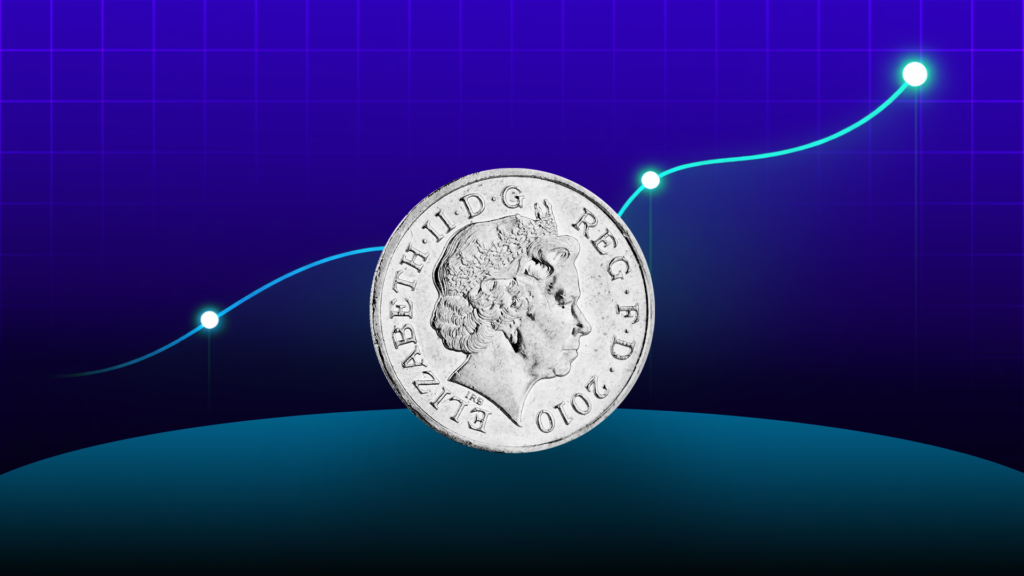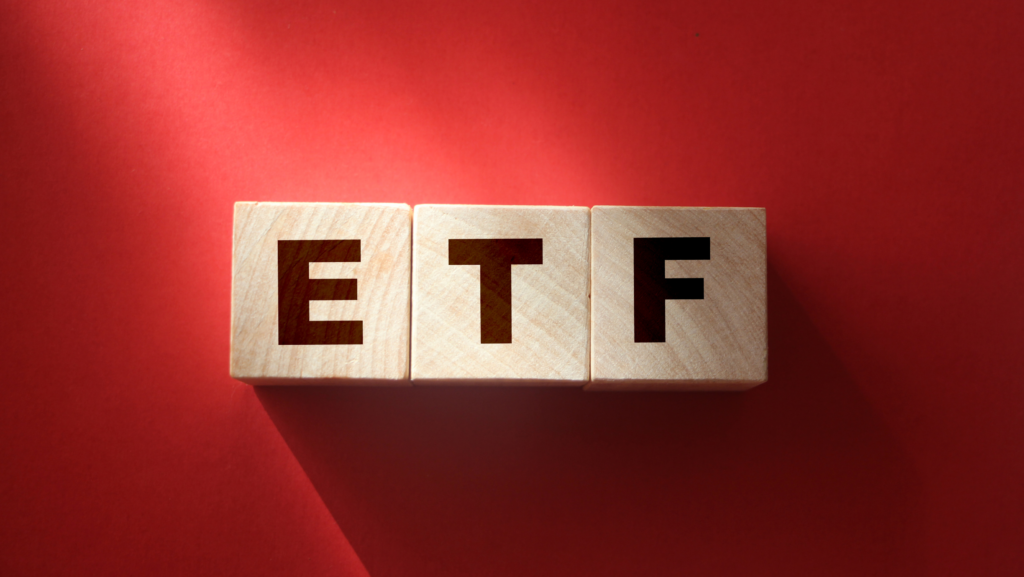Are you looking for the best ETF to buy now? With the ever-changing economic landscape, it’s essential to stay informed about investment opportunities that offer both stability and growth.
Bond ETFs, especially those related to US government bonds, have seen significant interest due to their potential for stable returns. For instance, the iShares U.S. Treasury Bond ETF had net assets of over $25 billion as of March 2024, showing the scale and interest in such investments.
Keep reading to explore bond ETFs, their types, and why they might be the perfect addition to your investment portfolio.
What are Bond ETFs?
Bond ETFs are investment funds that trade on stock exchanges, much like stocks, but their portfolio is composed of bonds. They offer investors an easy way to gain exposure to diversified portfolios of bonds, allowing for income generation and risk reduction through diversification.
Types of Bond ETFs
- Government Bond ETFs: These focus on US Treasury securities. The yield from US government bonds is crucial as it indicates the returns investors might expect from these secure, government-backed securities.
- Municipal Bond ETFs: These funds invest in bonds issued by local and state governments. They are favored for their tax-free income potential.
- Corporate Bond ETFs: These ETFs invest in corporate bonds, which typically offer higher yields than government bonds, compensating for their higher risk.
- High-Yield Bond ETFs: These funds focus on bonds with lower credit ratings, offering higher returns but at a greater risk of default.
Metrics for Evaluating Bond Funds
When assessing bond ETFs, consider the following metrics:
- Yield to Maturity (YTM): The total return anticipated on a bond if held until it matures.
- 30-Day SEC Yield: Reflects the dividends and interest earned during the past 30 days, after the deduction of the ETF’s expenses.
- Distribution Yield: The annual income on an investment divided by its current price.
- Effective Duration: Measures a bond’s sensitivity to changes in interest rates.
- Average Credit Score: Provides an average rating of the creditworthiness of the bond issuers within the portfolio.
What Are Government Bonds?
Government bonds are debt securities issued by a government to support government spending and obligations. Investing in a Government Bonds ETF offers access to a portfolio of these securities. It comes with advantages like stability, potential for regular income, risk diversification and capital preservation.
For instance, the 30-day SEC Yield of the iShares U.S. Treasury Bond ETF was 4.45% as of March 2024, showcasing the income potential from these investments.
Why Invest in a Government Bonds ETF?
Investing in a Government Bonds ETF offers several benefits:
- Relative Stability: Government bonds are considered low-risk compared to stocks and corporate bonds.
- Potential for Regular Income: They offer regular income through interest payments, appealing to income-focused investors.
- Risk Diversification: Adding government bonds to your portfolio can help reduce overall investment risk.
- Capital Preservation: They are ideal for those looking to preserve capital over the long term.
Best US Government Bond ETFs
| Bond ETF Name | Information |
| iShares 0-3 Month Treasury Bond ETF (SGOV) | Focuses on very short-term bonds, making it similar to cash. Very low expense ratio of 0.13%. |
| Invesco Treasury Collateral ETF (CLTL) | Holds bonds with maturities of 1 year or less. Another option for short-term investments. |
| Schwab Short-Term U.S. Treasury ETF (SCHO) | Targets short-term bonds between 1 and 3 years, known for its affordability with a very low expense ratio of 0.030%. |
| Schwab Intermediate-Term U.S. Treasury ETF (SCHR) | For intermediate bonds with about a 5-year duration. Also offers low costs. |
| iShares 7-10 Year Treasury Bond ETF (IEF) | A bit longer in the intermediate range, targeting bonds between 7 to 10 years. |
| iShares U.S. Treasury Bond ETF (GOVT) | Offers broad exposure across various maturities for those seeking a mix. |
| iShares 10-20 Year Treasury Bond ETF (TLH) | Sits between intermediate and long bonds, targeting specific maturities. |
| Vanguard Long-Term Treasury ETF (VGLT) | A popular choice for accessing long-term bonds, with a focus on those around 23 years. |
| iShares 20+ Year Treasury Bond ETF (TLT) | For very long-term investments, with bonds averaging 25 years. Higher expense ratio of 0.15%. |
| Vanguard Extended Duration Treasury ETF (EDV) | Focuses on very long-dated treasury bonds with removed coupon payments, targeting around 25+ years. |
Final Thoughts
To steer your investment journey with more insights, engage in thorough research and informed decision-making. For a personalised wealth growth strategy, explore the Appreciate trading app, where financial enlightenment is the first step towards wealth appreciation.
FAQs
1. Are bond ETFs tax efficient?
Yes, but it varies by type and account, with some interest potentially taxable.
2. Are bond ETFs traded on stock exchanges?
Yes, allowing for easy buying and selling during trading hours.
3. What should I look for in a bond ETF?
Consider yield, expenses, duration, and credit quality.
4. What happens to bond ETFs when interest rates fall?
Their value typically rises due to higher-interest older bonds becoming more valuable.
5. How do you make money on bond ETFs?
Through interest payments and selling at a higher price.
6. Are government bond ETFs safe?
Yes, they’re quite safe, backed by the US government, but not risk-free.
7. Why do bond ETFs fluctuate?
Due to interest rate changes, bond creditworthiness, and market dynamics.
8. Are government bond ETFs a good investment?
Yes, for those seeking safety and income, but returns may be lower than riskier options.























